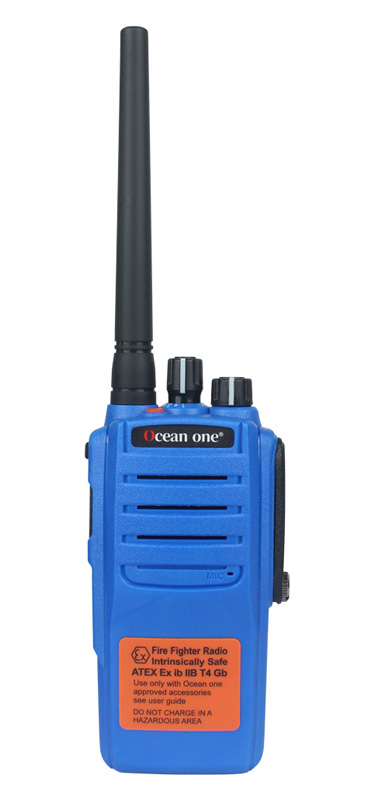Analog vs. Digital Walkie Talkies: A Comprehensive Guide
Analog vs. Digital Walkie Talkies: A Comprehensive Guide
Blog Article

Walkie-talkies, also known as handheld radios, are essential communication tools for various industries and recreational activities. Understanding the difference between analog and digital walkie-talkies is crucial for selecting the right device for your specific needs. This article delves into the technical principles, advantages, and disadvantages of each type, and introduces a dual-mode solution that offers the best of both worlds.
Analog Walkie Talkies: The Basics
Analog walkie-talkies transmit voice signals as continuous radio waves. The user's voice modulates the frequency or amplitude of the copyright wave, and this modulated wave is transmitted. The receiving radio demodulates the signal to reproduce the original audio.
- Advantages of Analog:
- Simpler technology, generally resulting in lower cost.
- Can perform adequately in situations with a strong signal.
- Disadvantages of Analog:
- Susceptible to noise and interference, leading to degraded audio quality, especially over longer distances.
- Limited channel capacity.
- Less secure, as signals can be easily intercepted.
Digital Walkie Talkies: A Modern Approach
Digital walkie-talkies convert voice signals into a digital format (binary code) before transmission. This digital data is then modulated onto a copyright wave and transmitted. The receiving radio demodulates and decodes the digital signal to reproduce the audio.
- Advantages of Digital:
- Superior audio quality with clearer sound over longer distances.
- Improved noise reduction and interference rejection.
- Increased channel capacity and spectrum efficiency.
- Enhanced security through encryption.
- Advanced features like data transmission and text messaging.
- Disadvantages of Digital:
- More complex technology, generally resulting in higher cost.
- Signal degradation can occur abruptly at the edge of coverage.
Analog vs. Digital: Application Scenarios
- Analog scenarios: Basic short-range communication, recreational use where cost is a primary concern.
- Digital scenarios: Professional use requiring clear communication over longer distances, secure communication, high-noise environments, and advanced features.
Analog vs. Digital: Communication Challenges
A key challenge arises from the fundamental difference between analog and digital technology: analog and digital walkie-talkies cannot directly communicate with each other. This can create compatibility issues in scenarios where different radio systems are in use or where a transition from analog to digital is underway.
- Analog scenarios: Basic short-range communication, recreational use where cost is a primary concern.
- Digital scenarios: Professional use requiring clear communication over longer distances, secure communication, high-noise environments, and advanced features.
The Best of Both Worlds: Ocean One A600DU Dual-Mode Walkie Talkie

The Ocean One A600DU from HZH Marine offers a versatile solution by incorporating both analog and digital modes. This dual-mode capability addresses the limitations of each individual technology.
According to the product parameters, the Ocean One A600DU is a handheld UHF radio. It operates in a frequency range of 400-480MHz and has 32 channels. It has a 2800mAh standard Li-ion I.S. Battery.
- Key features of the Ocean One A600DU:
- Dual-mode analog and digital operation.
- Digital Protocol: ETSI TS 102 361-1-2-3
- Analog Sensibility: 0.35pV/-116dBm (20dB SINDA), 0.22V-120dBm (Type)
- Digital Sensibility: 0.3V/-117.4dBm (BER 5%), 0.22V 110dBm (BER 1%)
- High/low power selective
- Voice prompt
- Monitor function
- Channel scanning/priority scanning
- Emergency alarm
- Programmable multifunction key
- Voice encryption
By offering both analog and digital modes, the A600DU provides a flexible communication solution. Users can utilize analog mode for basic, cost-effective communication and switch to digital mode when enhanced audio quality, security, or advanced features are required. This makes it suitable for a wide range of applications and ensures clear and reliable communication in various scenarios.
Upgrade Your Communication with Ocean One A600DU
For professionals seeking a versatile and reliable communication solution, the Ocean One A600DU dual-mode walkie-talkie is an excellent choice.
Explore the features and benefits of the Ocean One A600DU and enhance your communication capabilities.
Report this page